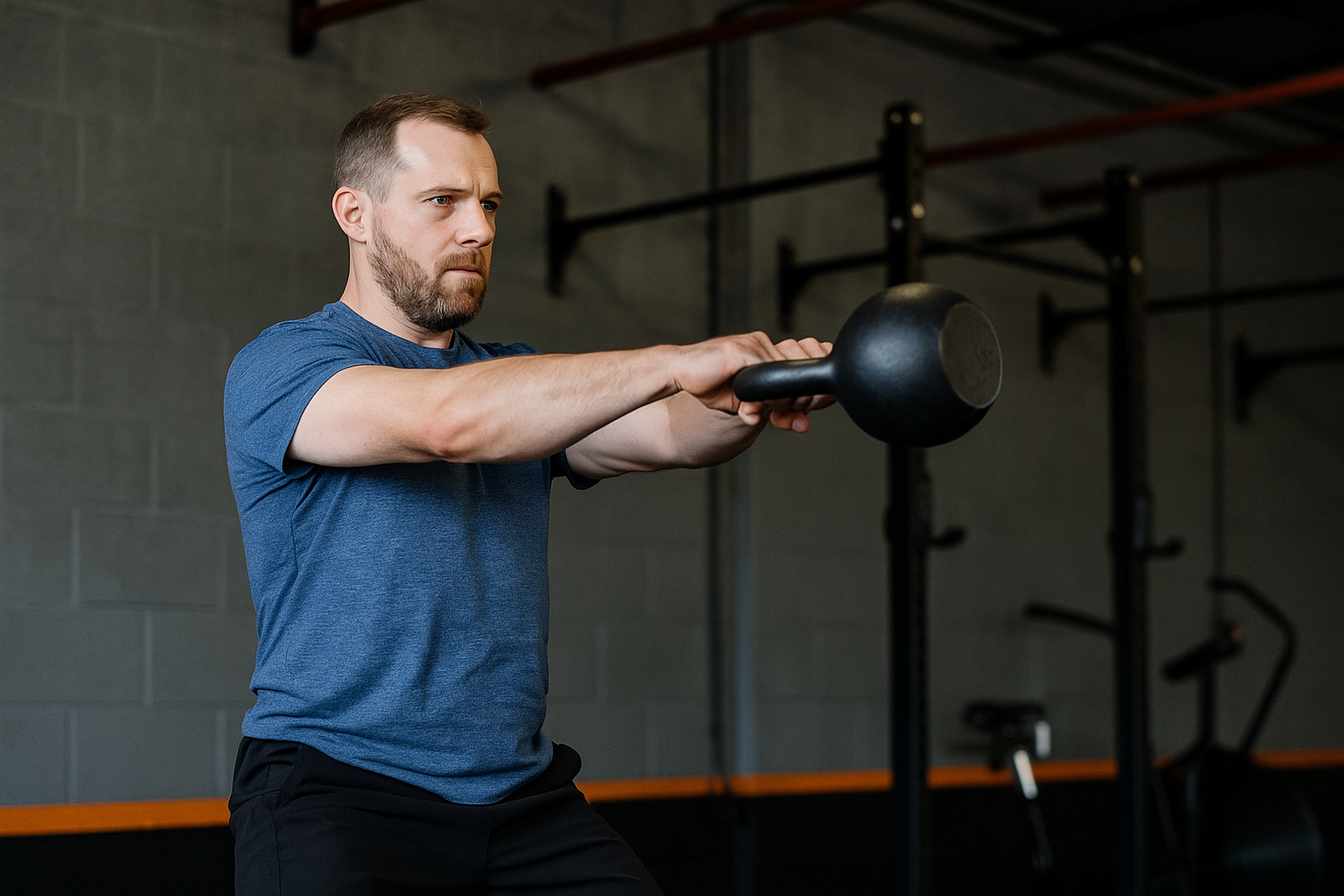The Strength vs. Conditioning Myth (and How to Build Both)


This worry comes from the “interference effect” — a phenomenon where endurance training can slow muscle growth and strength development.
The truth? You can build both strength and conditioning if you train smart. With the right structure, you’ll stay strong, move faster, and recover better.
The interference effect happens when endurance and strength training compete for the body’s limited recovery resources. But it’s not inevitable — it depends on how you program.
Training order matters:
Strength work should come before conditioning if both are in the same session.
Modality matters:
Low-impact conditioning (bike, row, ski erg) interferes far less with strength than high-impact running or plyometrics.
Volume matters:
Excessive endurance training — especially long, frequent runs — can blunt strength progress and increase fatigue.
Research shows that with smart CrossFit programming, most athletes can improve both capacities without trade-offs.
If strength is your focus, lift first in the session or dedicate separate days to heavy training.
When conditioning is the goal, flip it — but never neglect recovery.
When possible, space your heavy lifting and high-intensity conditioning sessions by at least 6–8 hours, or alternate days entirely.
This helps both systems adapt independently and prevents chronic fatigue.
Select modalities that complement your strength work.
Sled pushes, rowing sprints, and air bike intervals maintain your engine without overtaxing your joints.
You don’t need marathon sessions to build aerobic capacity.
Ten to fifteen minutes of well-designed interval work, 2–3 times per week, is enough to improve conditioning without compromising strength recovery.
DayFocusMonday:Heavy Squats + 8-min Row IntervalsWednesday:Upper Body Strength + Easy Aerobic FlushFriday:Deadlifts + 12-min Mixed-Modal AMRAPSaturday:Longer, low-impact endurance session or partner workout
By managing volume, intensity, and recovery, you avoid the fatigue that limits strength progress.
Instead of competing with each other, your strength and conditioning sessions begin to support one another — building a more resilient, well-rounded athlete capable of lifting heavy and moving fast when it matters.
You don’t have to choose between strength and conditioning.
With the right programming, you can build both — creating balance, longevity, and sustainable progress in your CrossFit training.